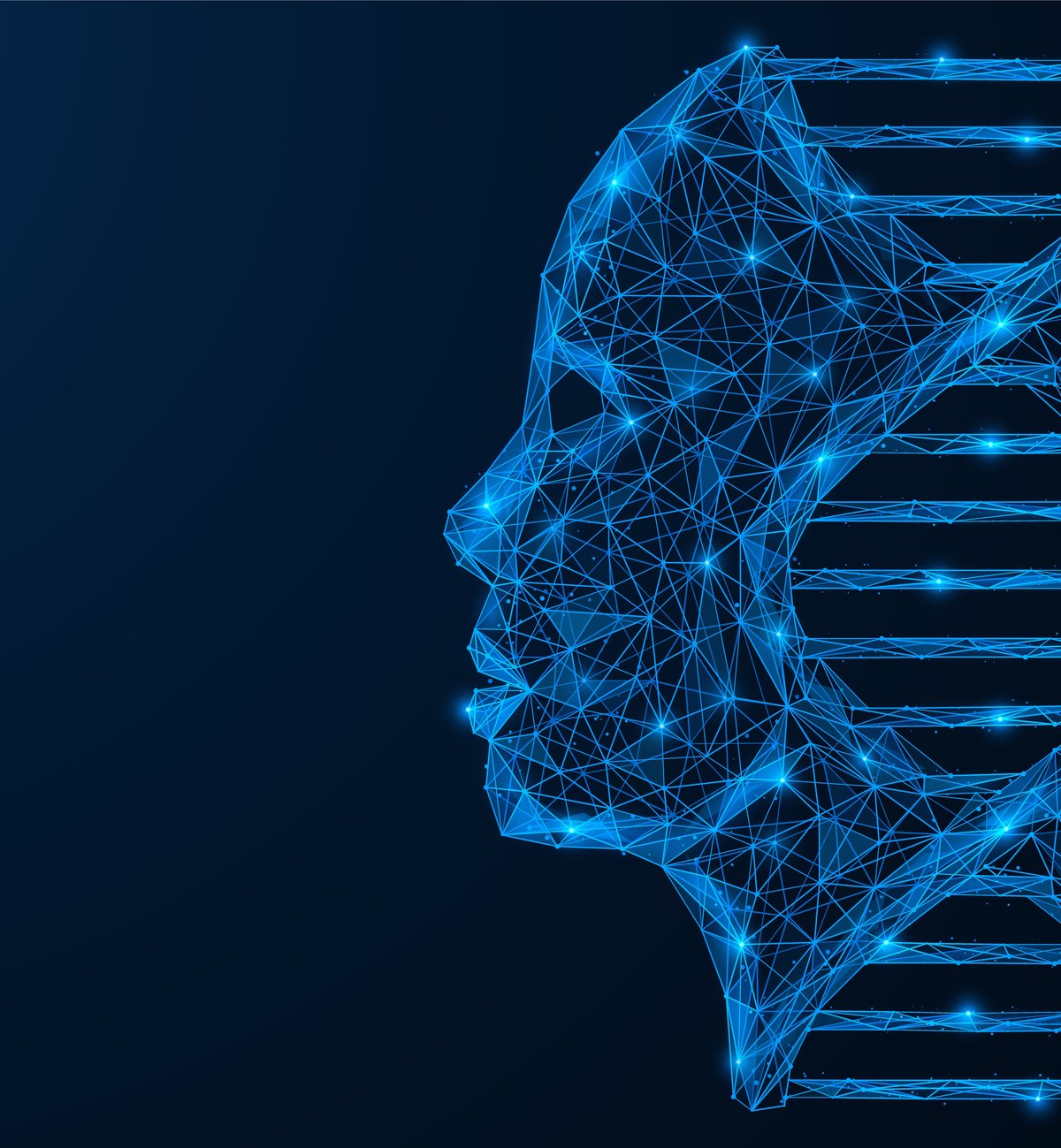In the early 2000s, A little sheep born in 1996 caused a cloning frenzy in societyFear, expectation, speculation and soap operas have been created on the subject that has filled the imagination of the world’s population.
But despite its promise from the past, cloning may not be as useful or effective for us today. Moreover, the reproduction of human copies is not only linked to genetic copying, but also to environmental and cultural factors that directly affect who this “new old” human will become.
Check who you are The world’s first cloned specimen and why cloning humans might not be a good idea.
Bellinda and Dolly
The fear of cloning and its effects on human existence began with a breast cell and an idea. In the 1990s, many laboratories were working on the theory of how to develop “genetically better” strains.The success of this initiative was born on July 5, 1996.
Researchers Keith Campbell and Ian Wilmut of the Roslin Institute at Edinburgh College, Scotland, have achieved what was then the greatest technological advance in genetic editing and breeding by cloning a sheep: Bellinda.
Bellinda was a 6-year-old Finn-Dorset ewe whose DNA was obtained from mammary cell samples, but the egg donor ewe was of the Scottish Blackface breed.
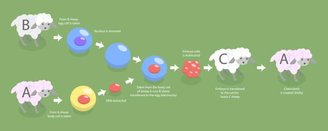
If the offspring were born with traits inherited from the egg donor sheep, it would be clear that nuclear exchange between cells does not play a dominant role in the development of the embryo, so using different breeds is preferable.
In this type of process, there is no fertilization with sperm, as if this were to happen, new DNA would be added to the recipe. Therefore, the process is considered asexual and the stimulation for the egg to form an embryo is carried out by electrical and biochemical stimulations.
After the embryo was formed, it was placed in the uterus of another sheep, where the pregnancy took place at the normal time. When Dolly was born, she was exactly as expected; she was a genetically identical copy of Bellinda..
Thus, the world’s first cloned mammal was born! Dolly lived until she was 6 years old and was put to sleep after falling seriously ill in 2003. Since then, other mammals have been cloned, including dogs, cats, horses and cattle.
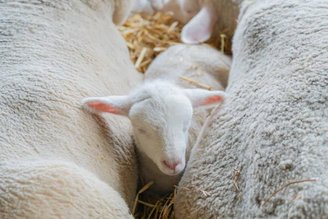
Is it possible to clone humans?
The answer to this question goes beyond the boundaries of ethics and science. When we talk about the reproduction of pure genetic material, the answer is clear: Humans can be cloned. But when we enter the realm of the ethical, cultural and environmental formation of existence, the answer is probably: no..
Even if clones have the same DNA as the donor, that person could easily be someone else. An everyday example of this statement is twin siblings who are natural clones.
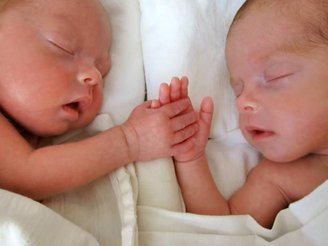
Even monozygotic twins, those born from the same egg and sperm, share the same genetic code, but when they experience and experience the world, they create different personalities. Moreover, even though all their DNA sequences are the same, there are epigenetic factors that can cause mutations throughout life.
Another factor is temporal, meaning that even if I tried to clone my grandfather who was born in 1922, if he were born today, in 2024, the culture, technology, customs and traditions of that clone would correspond to the present timeliness, not to someone born a few years after World War I.
“Self” is not something hereditary, so if the intention is to recreate a person through their personality and knowledge expressed in the past, It would probably be a waste of resources to encourage cloning of this human at this time..
Earlier, at the beginning of the cloning movement, there was much discussion about the possibility of reproducing clones for scientific study and donating organs to their “creators.”
In addition to being an ethical obstacle, there are currently very successful studies on the development of stem cells based on the “regression” processes of mature cells, which have very serious consequences.
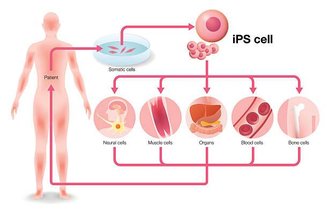
iPSC (freely translating induced pluripotency stem cells) can be derived from any mature cellular tissue, making any argument in favor of cloning pointless. This type of cellular technology optimizes the process, making it cheaper and less expensive, and does not involve thorny ethical issues such as the use of embryos..
Are you still afraid of being cloned?
Rest assured, you probably won’t be cloned, at least biologically. AI efforts have attempted to capture and convey something our DNA alone can’t handle: personality.
But without delving into the philosophical realm of what we are, how our synapses are formed, and how the sense of identity arises in the individual, we know that what we are today is hardly replicable. Various aspects of ourselves can be reproduced, but that doesn’t mean there will be multiple copies of our “self” floating around..
But that doesn’t stop curiosity and fear of death from continuing to work in the attempt to make it happen, such as the ‘ghost robot’. And that’s just the way curious and creative humanity works.
Tell us on our social networks what you think about cloning and whether it is an outdated or still valid concept for you. Until later!
Source: Tec Mundo
I’m Blaine Morgan, an experienced journalist and writer with over 8 years of experience in the tech industry. My expertise lies in writing about technology news and trends, covering everything from cutting-edge gadgets to emerging software developments. I’ve written for several leading publications including Gadget Onus where I am an author.






